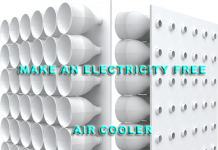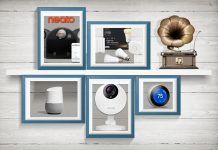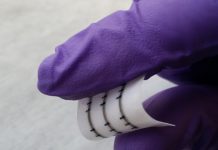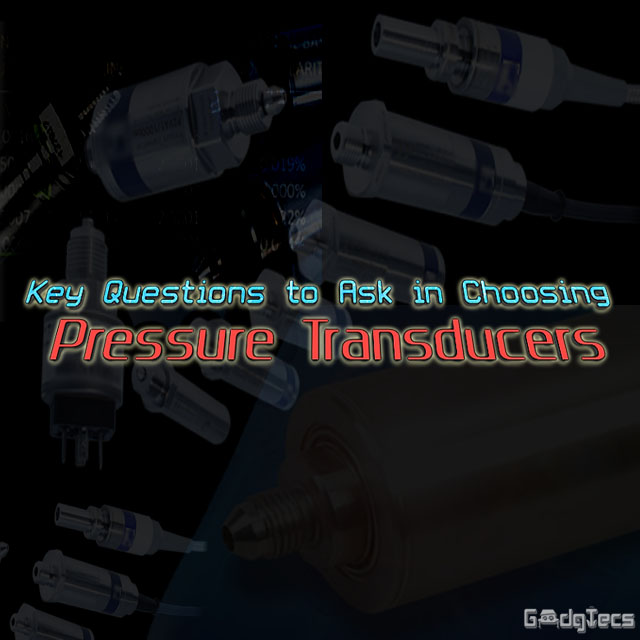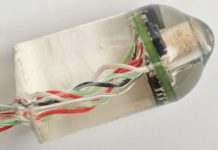There are a lot of factors to consider before selecting pressure transducers for your equipment. There are many brands out there, but one of the most accurate uses piezoresistive technology via a small circuitry, which is called the Wheatstone bridge, located at the back of the diaphragm. Basically, when the diaphragm moves due to the pressure, the resulting resistance in the bridge also follows. This movement becomes the starting point for the measurement.
Most pressure transducers in the market today function just as they were designed to do. Meaning, one instrument isn’t necessarily better compared to the other. That’s why before making a purchase you should ask yourself the following questions:
● What Is The Range That Needs to Be Gauged?
○ The range to be measured will significantly impact on accuracy. Not only would the type of sensor be crucial to your choice, but also the pipeline. A sensor that is designed only to reach a particular range might overburden itself when you try to force the issue. In fact, the sensor might get damaged because of all that extra pressure. When you are looking to buy, first ask the manufacturer the specs of the pressure transducers as you pay close attention to the ratings, overpressure, sensor range, and the burst pressure numbers.
● What Type of Sensor Should I Use?
○ The manufacturer would be able to tell you what kind of sensor you need depending on the application. First, you need to determine if you need a specific output, which can drastically increase the cost of the instrument. If you don’t need an output, you can purchase off the shelf basic instruments to measure pressure.
○ Then you need to determine the electrical signal and output. Along with the sensor voltage, they can vary greatly depending on the required application. Unfortunately, this fact tends to be overlooked by some companies. Manufacturers also bear some responsibility for making sure the buyer knows all the facts beforehand.
● How Will I Seal the Sensor to the Instrument?
○ The manufacturer’s recommendation will be critical to ensure the sensor is sealed just right to the media that needs to be measured for more accuracy. The U.S. has a different connection sealant, such as using Teflon for instance, compared to the UK or Europe. Again, this has an impact on the outcome considering that tapered thread connection doesn’t work efficiently when dealing with conditions above 10,000 PSI, and they can be damaged when you are talking about pressures above 15,000 PSI.
Of course, the types of seals available for pressure transducers are as varied as the number of sensors. In fact, there are also seals and sensors for sanitary media, and one common denominator is they can easily be detached for cleaning purposes.
Don’t be afraid to talk to your manufacturer and lay down all your requirements, along with your expected budget. Just remember that the more sophisticated your needs are, the more it will cost you in terms of the pressure transducers, fittings and seals that you will have to purchase.


